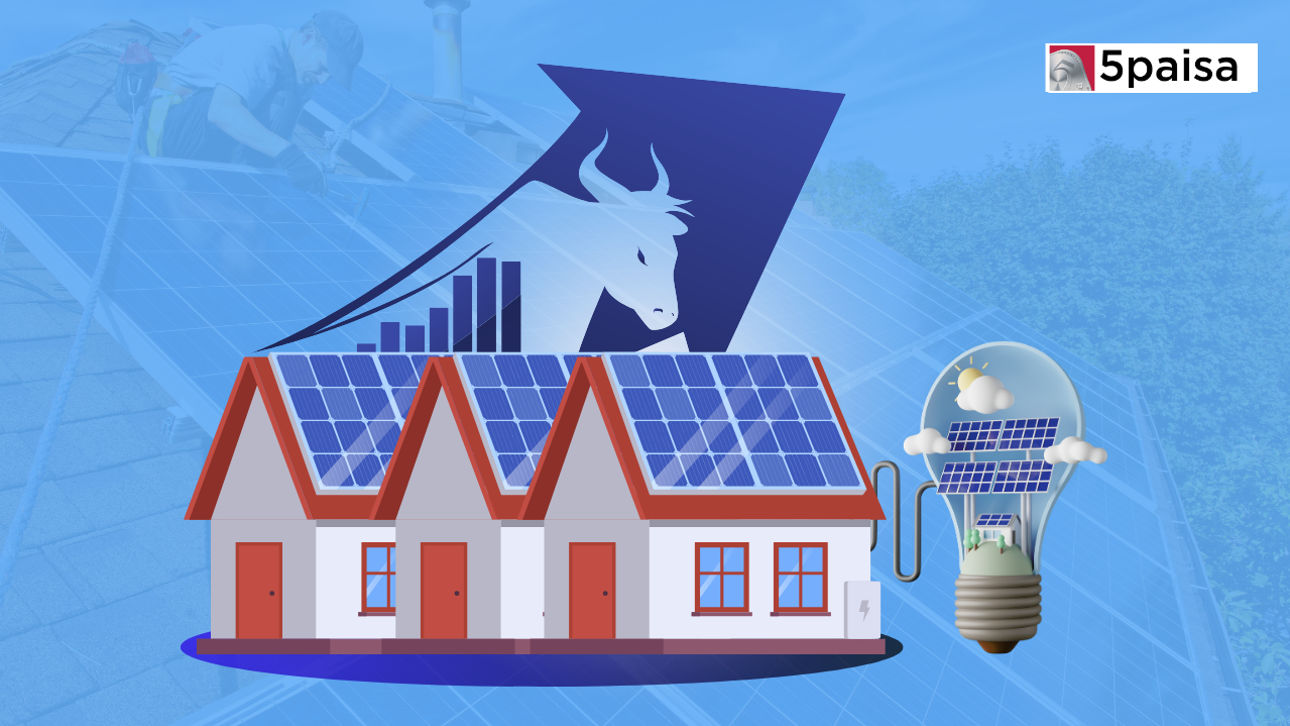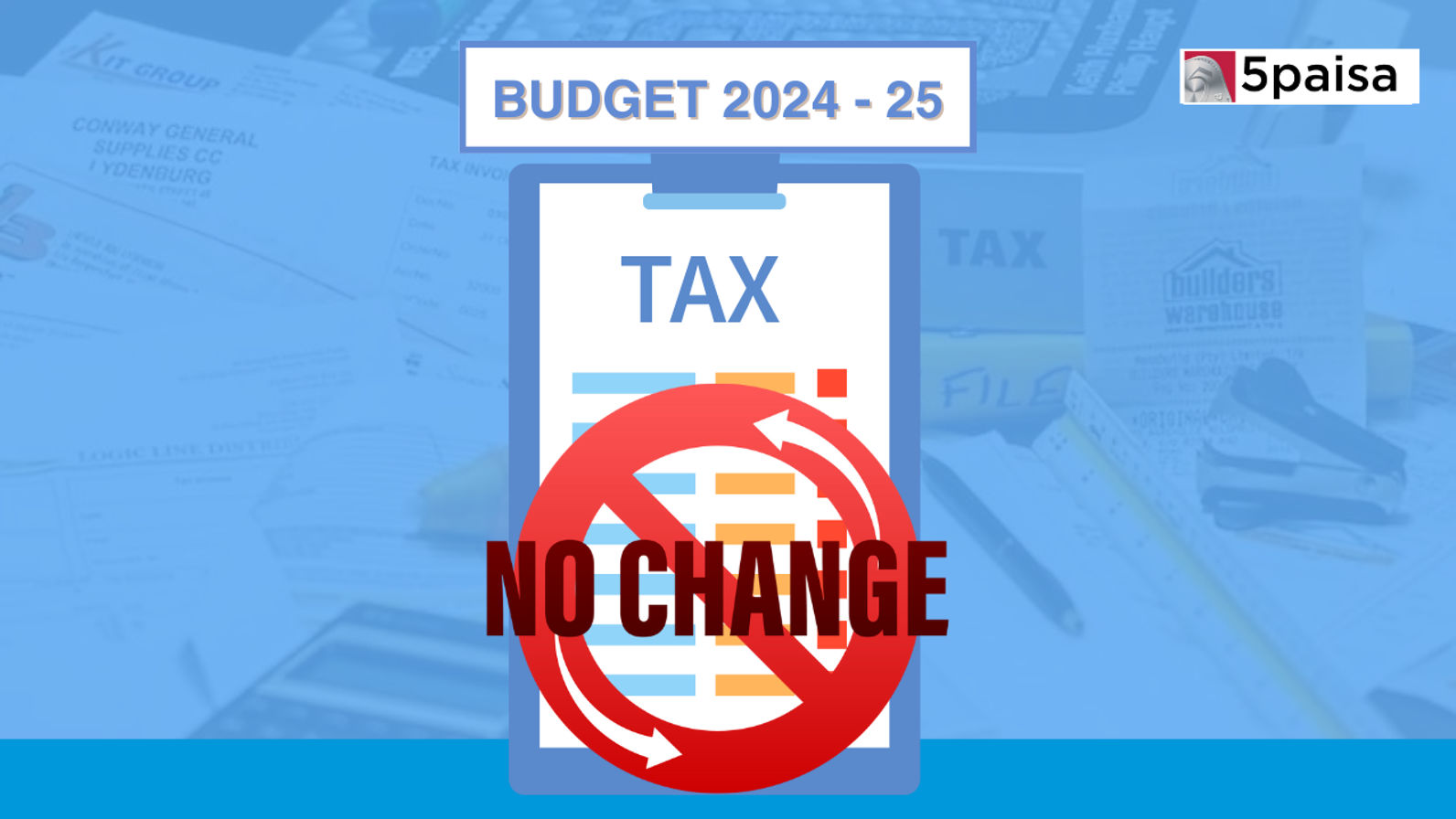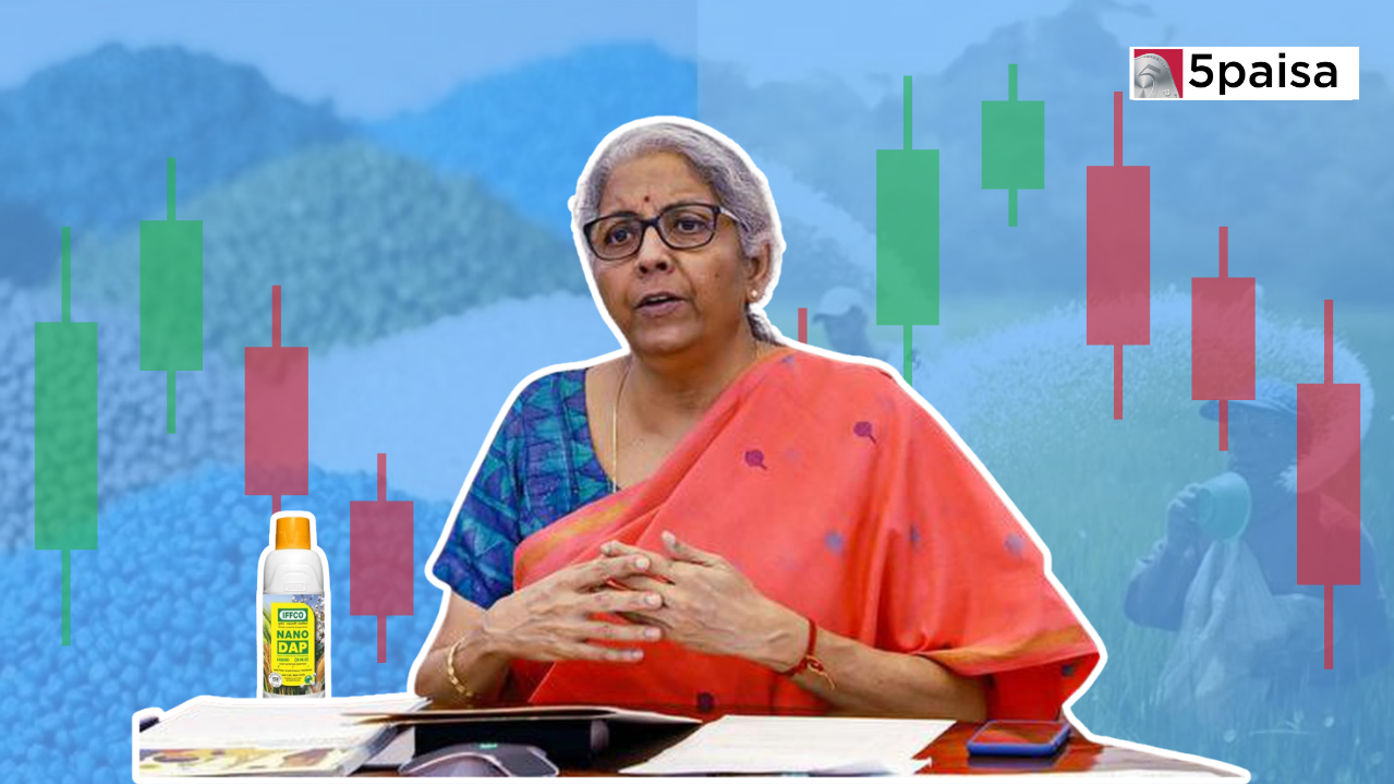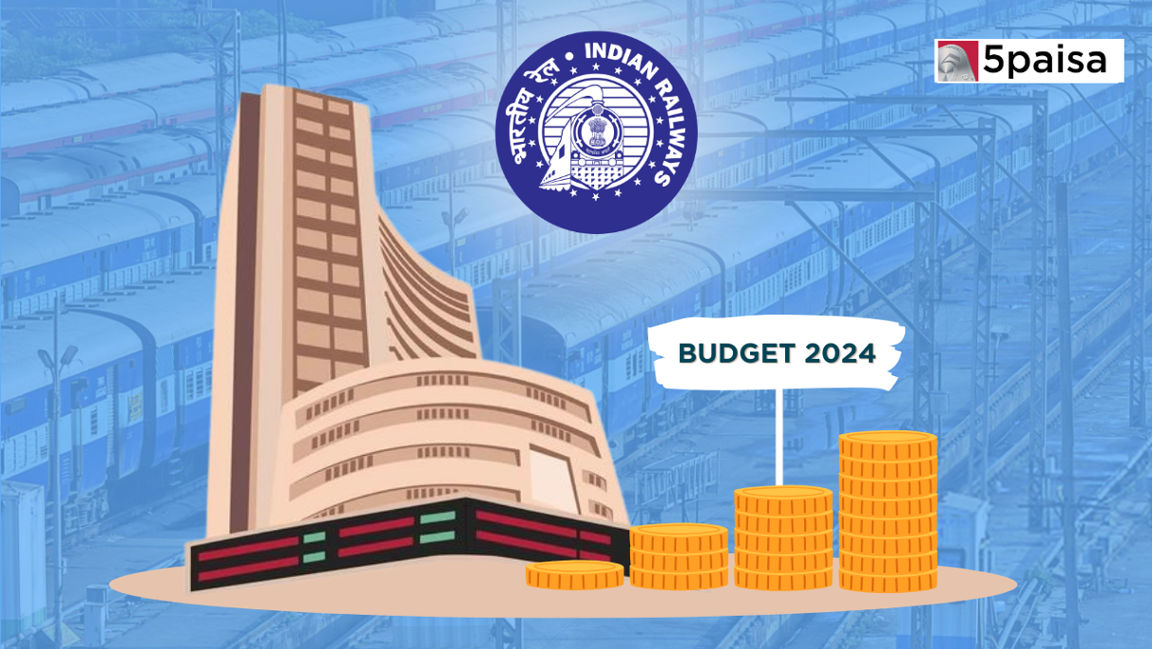Q1 Cement Industry Review: Budget Challenges and Outlook for Major Players
Union Budget 2023: Sectors to Look Out For

Last Updated: 23rd January 2023 - 12:06 pm
Ahead of Union Budget 2023-24, one of the big expectations is on the demands of the specific sectors. The focus will be on the union budget performing sectors, where most of the action is likely to be pivoted. One has to await the Union Budget 2023 highlights to get a hang of what it means for each sector. However, it is possible to approximately estimate what would be the key budget highlights 2023 and its implications on various sectors. Here is a detailed look at the various union budget sectors where the budget is likely to leave a fairly deep impact.
Sectoral expectations at a corporate level
Here is a gist of what is broadly expected by industry at a macro level. Remember, the tax rates have already been cut in late 2019 to 15%, without claiming any exemptions. This has been leveraged by most of the Indian companies to reduce their tax outgo. Hence, not much can be expected on the tax front. Here are 4 key expectations by industry at macro level.
-
The impact of inflation on the cost of inputs and the demand cannot be overestimated. Last year this impact was felt across sectors. Monetary policy has done its part, and it is now for fiscal policy to contribute and rein in inflation.
-
Industry wants the budget to help create the ecosystem where demand growth can be created on a sustainable basis. For instance, a situation where companies are laying off employees, may temporarily boost profits, is likely to impact demand in the long run. This is a trade-off and budget must find ways to help consumer demand recover, while ensuring that consumer spending is sustainable.
-
The budget must have a back-up plan, in case the global economy goes into slowdown. Clearly, government support is called for in export oriented sectors that have suffered the most. Also, sectors like IT and auto ancillaries that depend on global demand will need incentives in the coming year. The industry really wants the Union Budget document to do the preparatory work ahead of a likely global slowdown.
-
Lastly, industry wants the Union Budget to rapidly expand and deepen the Production Linked Incentive (PLI) scheme. The PLI scheme has been instrumental in turning around demand in sectors like defence, textiles etc. Budget expects the government to follow a more inward looking policy with a Make in India twist, so that the domestic market can be leveraged fully by the domestic industry players in the event of a slowdown globally.
The one point to note is that industry expects the government to build the slowdown readiness in this budget. Now for specific sectoral expectations.
-
Defence Sector
This sector has been a big beneficiary of the Make in India program that has led to more of order in-sourcing. For instance, the domestic procurement in defence is already up from 50% to 68% and that has opened up a huge opportunity matrix for domestic defence companies. The expectation is that the Union Budget will catalyse taking this share to 80% over the next couple of years through targeted incentives. Also, the private sector wants a bigger share of the in-sourcing defence pie, compared to the 25% that they are getting right now. Indian corporates are also looking at a progressive hike in defence budget each year. It was Rs5.25 trillion in the previous Union Budget 2022-23. They want the defence budget to be hiked from 2% of GDP to 3% of GDP, which should be a quantum leap for defence.
-
Agricultural Inputs
This is a broader sector that encompasses agrochemicals, fertilizers and hybrid seeds and serve as critical inputs to improve yield in the agricultural sector. The sector wants the GST of 18% on agrochemicals to be either scrapped or to be substantially reduce as it is not in favour of the small and marginal farmers. The sector also wants the government to directly incentivize farmers in a much bigger way to adopt new technologies on crop enhancement, seeds management, yield improvement etc. There have also been demands to quicken the pace to have an electronic transparent market for agri products. On the fertilizers front, the sector will look for the fertilizer outlay in this budget, although it is likely to be flexible. There are also demands to tweak the NPK ratio of the fertilizer industry.
-
Rural sector
To be fair, this is not exactly an industry but a demand pocket. The robustness of the rural sector can have far reaching implications for the demand for tractors, two-wheelers, FMCG products, seeds, farm equipment, agrochemicals etc. A lot of these products depend on the purchasing power of farmers. In the last few years, the government has substantially enhanced MSP on crops to ensure that farm incomes are improved. This budget is expected to expand rural and agricultural sector spending by nearly $10 billion or Rs82,000 crore to give a demand boost to the rural economy. But the biggest challenge would be to control rural inflation, which is spiralling much faster than urban inflation, which has badly hit rural demand in the last two quarters. Towards improving purchasing power of rural India, the focus would be on allocation to MNREGA, focus on alternate revenue streams like horticulture and livestock farming as well as a much larger allocation to farm subsidies. Much of the agri sector problems also lie with the supply chain, so greater investments in rural infrastructure, cold storage, silo storage, warehousing etc must be an integral part of quality rural infrastructure.
-
Consumption driven industries
If one looks at the demand drivers in the IIP data the biggest pressure is coming from demand for consumer durables and non-durables. In most of the months, this figure has been negative. This has impacted a number of sectors like FMCG, retail, two-wheelers, four-wheelers, jewellery, fashion products etc. Some of the demand drivers for the consumption sector can come from putting more money in the hands of the people. So, measures like raising the base tax exempt limit to Rs5 lakhs, cutting the peak rate of tax from 43% to 30%, enhancing exemption limit under Section 80C, enhancing exemption limit to Section 24 can all go a long way in putting more money in the hands of the individuals. In addition, cutting the GST rate on items like food products and automobiles can go a long way in boosting consumption. Higher allocations to infrastructure and rural spending can also have an indirect salutary impact on demand for consumption goods.
-
Food and beverages industry
This is a fairly spread out sector and while part of this sector falls under the FMCG sector, there is a lot of it outside. There is the food processing sector, there are hatcheries and then there are hotels, restaurants, quick service restaurants (QSR), which are all part of the food and beverages value chain. This segment has been hit by the sharp spike in food inflation. One of the major demands of this segment is the re-introduction of the input tax credit facility for the sector. This helps to reduce the cascading effect on food prices and can go a long way in cutting inflation in product prices and also in boosting demand. The F&B industry, specifically, has been a major loser due to the absence of input tax credit (ITC). They also want priority status to health foods and a special PLI scheme designed for them. The government can also support the MSME food processing units with the MSME incubator scheme as well as the PM Gati Shakti program for supply chain infrastructure.
-
Railways segment
The forthcoming budget is expecting an allocation of more than Rs200,000 crore to the Indian Railways. To boost demand for the products of the railway companies, the expectation is a slew of investments in new lines, gauge conversions, modernization of railway stations, electrification, signalling systems etc. The industry overall is also looking to the budget to boost the Freight Corridor progress so that they can reduce costs by shifting chunk of their freight movement to rail freight. That works out much cheaper than road freight, especially in the light of the spike in freight costs across industries. There are also expectations of greater domestic order farming as well as focus on multi-modal transport.
-
Insurance sector
One of the big expectations is the Budget Insurance Amendment Bill. This will allow companies like LIC to leverage their network to cross sell products. The budget is also likely to lower the capital requirements and the solvency ratio requirements, allowing more small players in the insurance fray. Budget may also look at a composite license scheme wherein insurers can look at multiple products; in life and non-life.
-
Pharma and healthcare
As Indian pharma sector is hedging its global bets by expanding their India franchise, the broad expectation is a 40% increase in the health budget this year, including the health facilities and infrastructure. The sector is also looking at a comprehensive healthcare policy that would encompass generics, formulations, testing services, and hospitals. The idea would be to lower the cost of health delivery, which can be passed on to consumers.
-
Fintech Sector
This is an emerging sector and deserves special mention. Fintechs are looking at zero GST regime with concessional tax rates to begin with. This can include additional depreciation on assets. Fintechs also want a review of the First Default Loan Guarantee (FLDG) arrangement with banks and NBFCs to force more skin in the game. Fintechs can deliver gold loans to underserved segments but the cooperation of banks would be needed. Budge can work towards the working capital needs of such Fintechs. These Fintechs also want relaxation of the ESOP criteria so that it is made more widely available.
- Flat ₹20 Brokerage
- Next-gen Trading
- Advance Charting
- Actionable Ideas
Trending on 5paisa
06
 Tanushree Jaiswal
Tanushree Jaiswal
Budget Related Articles
Disclaimer: Investment in securities market are subject to market risks, read all the related documents carefully before investing. For detailed disclaimer please Click here.
 5paisa Research Team
5paisa Research Team




